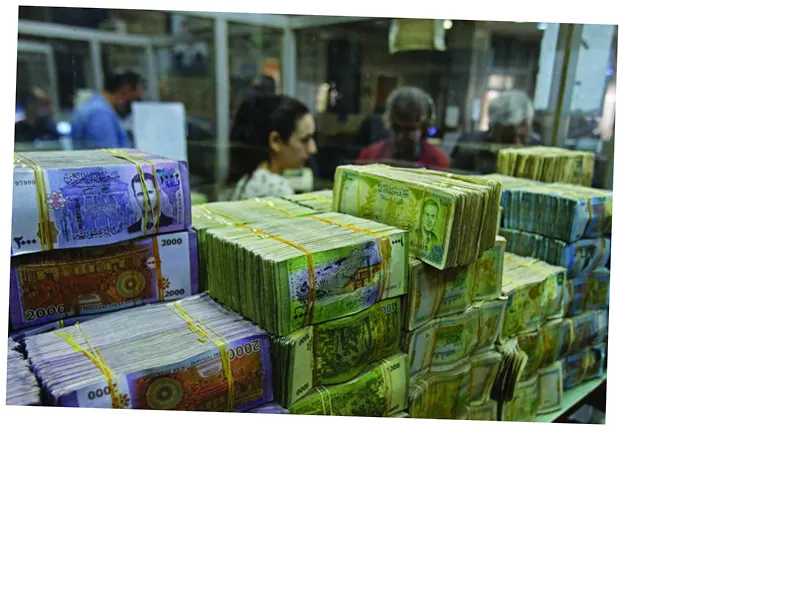The decline in lending operations in Syrian banks is attributed to a multitude of factors, primarily the lack of liquidity, high inflation rates, and restrictive monetary policies. According to Dr. Ali Youssef, General Manager of the Commercial Bank of Syria, lending programs are being revised to accommodate the current economic climate, which has seen a significant decrease in the purchasing power of the Syrian pound. The situation is exacerbated by the disparity between declining incomes and the high value of loan installments, leading to a cautious approach toward personal loans.
Despite attempts to raise interest rates on deposits to attract savings, concerns regarding inflation and withdrawal restrictions have deterred potential depositors. Economic experts, including Dr. Ragheed Qassoua and Dr. Hassan Hazouri, highlight that the real interest rate remains negative, discouraging individuals from depositing their money in banks. As a result, many are opting to save outside the banking system, seeking more favorable conditions elsewhere.
The Central Bank of Syria has reported a reduction in the annual inflation rate from 118.8% in 2021 to 51% in 2022, yet the economic landscape remains fraught with challenges, including credit, liquidity, and exchange rate risks. Additionally, the impact of war and political instability has severely hampered financial inclusion in the country, with a significant gap in access to banking services between urban and rural populations. The ongoing conflict has also led to a reliance on foreign banking systems for essential transactions, further complicating the situation for Syrian banks.






